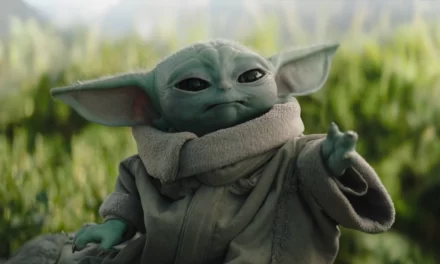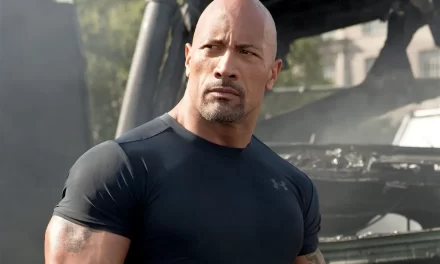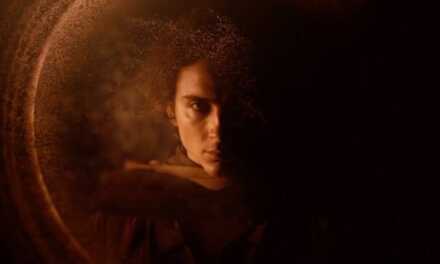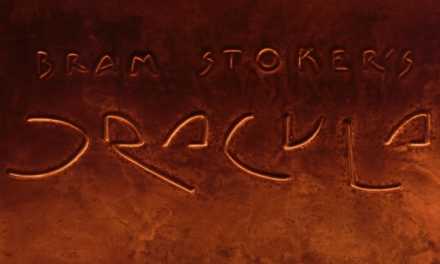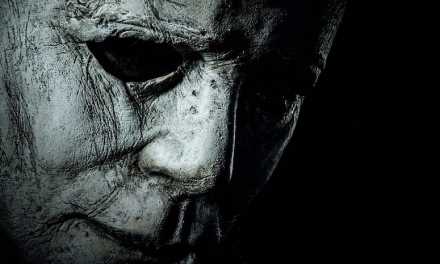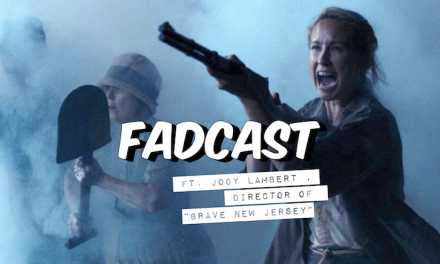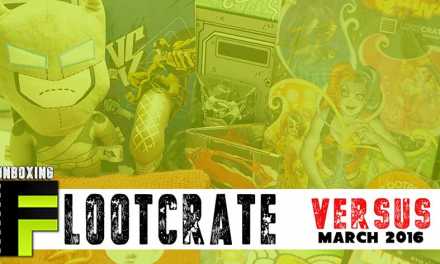
Why Bad Horror Films Will Always Be Made
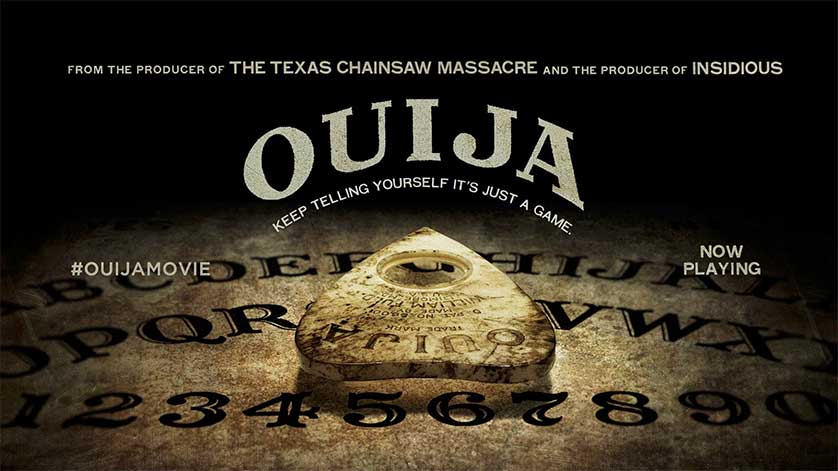
Why are poorly reviewed horror films continually made?
Ever see a film that people universally despise and then wonder, “Why would they make a sequel to that?” I know it’s a common inquiry among movie goers when it comes to bad films being made. Many times studios and filmmakers are aware of the fact that they’re making a “bad” film but despite this knowledge, they still move forward. Why would they do this? Well the answer is one of the most common answers in Hollywood (and the world for that matter)…money.
Taking a small but significant sample size of films from 2010 to 2015, you can see that the profitability of a film lies mostly in the horror realm. There are a few outliers with films in the comedy, romance, and even religious category (Christian), but it is clear that horror films dominate the box office based on their return on investment.

The minimum requirement for inclusion was total box office takings of $30 million worldwide. Return On Investment was calculated as [0.5 * International Revenue / Production Budget – 1] This is an approximate measure of a movies return on investment only as many other factors come in to play when determining a films actual ROI.
The Top 20 Movies Are:
- The Devil Inside – Box Office: $101,758,489 | Budget: $1,000,000
- Insidious – Box Office: $99,870,886 | Budget: $1,500,000
- Paranormal Activity 2 – Box Office: $177,512,032 | Budget: $3,000,000
- Unfriended – Box Office: $48,031,162 | Budget: $1,000,000
- Paranormal Activity 3 – Box Office: $202,053,386 | Budget: $5,000,000
- The Last Exorcism – Box Office: $70,165,900 | Budget: $1,800,000
- Annabelle – Box Office: $250,673,813 | Budget: $6,500,000
- Chernobyl Diaries – Box Office: $38,390,020 | Budget: $1,000,000
- Insidious: Chapter 2 – Box Office: $161,921,515 | Budget: $5,000,000
- God’s Not Dead – Box Office: $63,777,092 | Budget: $2,000,000
- The Purge – Box Office: $91,000,512 | Budget: $3,000,000
- Sinister – Box Office: $87,727,807 | Budget: $3,000,000
- The King’s Speech – Box Office: $430,821,168 | Budget: $15,000,000
- Paranormal Activity 4 – Box Office: $140,096,503 | Budget: $5,000,000
- Black Swan – Box Office: $331,266,710 | Budget: $13,000,000
- The Fault In Our Stars – Box Office: $303,572,350 | Budget: $12,000,000
- Magic Mike – Box Office: $170,549,753 | Budget: $7,000,000
- A Haunted House – Box Office: $59,922,558 | Budget: $2,500,000
- Ouija – Box Office: $103,403,331 | Budget: $5,000,000
- Instructions Not Included – Box Office: $100,486,616 | Budget: $5,000,000
It’s basic math when it comes to profit or return on investment. If the money made is higher than your initial cost then guess what, you have a profit. When it comes to these films, you will notice that their profitability stems from a very low budget. “The Devil Inside” easily took the win with only $1 million dollars to make the film and over a $100 million dollar profit. What’s even more surprising is that it had an atrocious score of 6% on Rotten Tomatoes yet still managed to merit attention when it came to box office numbers.
While there may be some outliers, this small sample size shows that people are hungry for horror despite poor critical reviews. Hollywood has seen this potential for revenue and while these numbers aren’t headlining news, they are significant. In terms of profits, these films are more successful than many of the highest grossing films that we know today. When you can make a film for $1 million and have it make over 10,000% in returns versus a $200 million film having half of that in returns, the choice for ROI is clear. There’s a lot less risk and chances are higher for a potential reward.
So the next time you wonder why so many Paranormal Activity films are being made, take a look at the numbers. The first film alone had a budget of $15,000 and made over $193 million dollars. From a numbers perspective, this makes it the most successful film of all time. That’s enough profit to take the risk of making a few crap sequels, which are still successful as they are continually released. The fact is that horror sells and now Hollywood knows it. It doesn’t have to be a good film and nowadays it can even be an intentionally bad film. The numbers prove that horror is a profitable genre and with the low cost to make the films, I’m sure that the studios will continue to take this low risk for a potential high reward.

